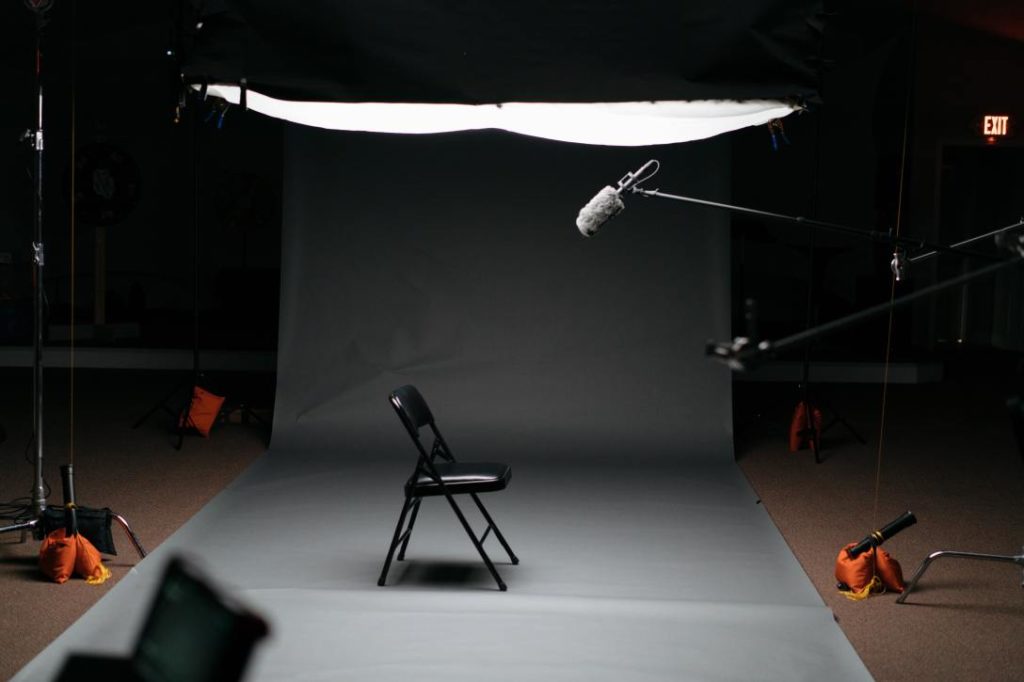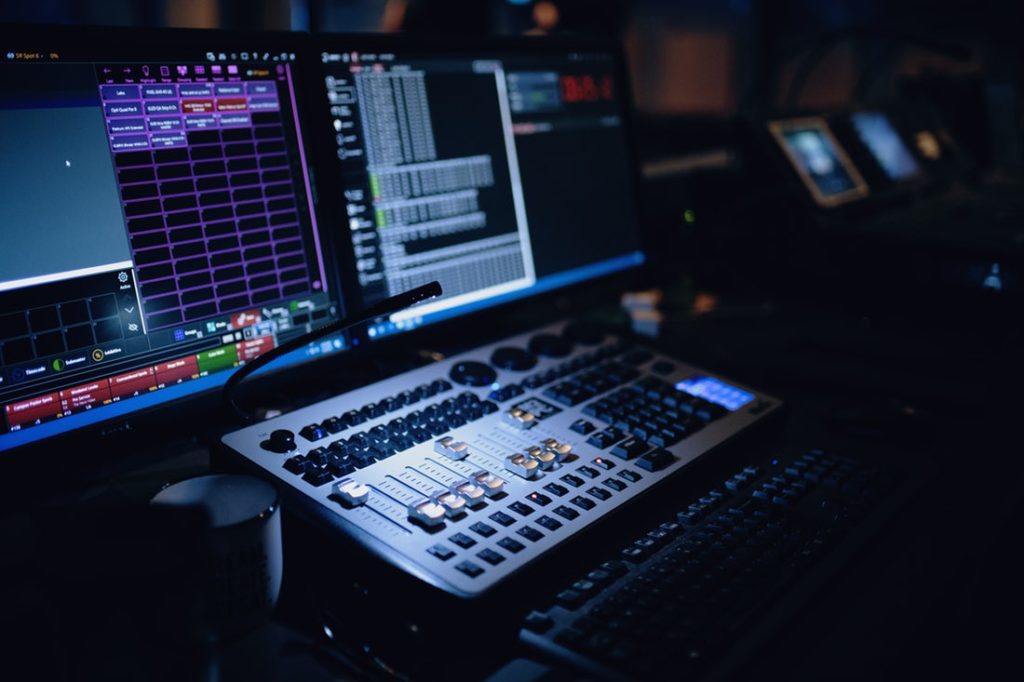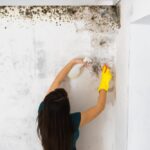If you’re an aspiring musician but you’re on a budget, attending a studio once or twice a week to record your music might not be practical. Instead, you might want to consider building a home recording studio. Not only is a home recording studio a good way to save money, but it’s a good way to make money. You can hire it out to other musicians in your circle, thus turning it into a lucrative business investment.
In this article, you will find a list of ideas that you can use to build your home studio:
Choose the Right Room
The first thing that you need to do is to find the right room for your studio. If your house is large enough, then this shouldn’t be a problem. If you live in a small house or an apartment, then it might be. The room should be large enough for a desk, booth, and soundproofing equipment. The ideal room won’t have a window so that it’s already partly soundproofed. Lots of people turn their sheds or outhouses into music studios, which is something to consider if you have one.
Read a Guide
Once you’ve selected a room, you can begin reading guides. Look for reliable home studio guides, especially if you have no previous experience in building one. There’s a lot that goes into building a home studio. If you don’t thoroughly research your project, then you could waste a lot of money and do everything wrong. In addition to reading a guide, you should watch videos on streaming platforms like YouTube and potentially even ask someone who’s built a studio before for help. Make sure to write down all of the equipment that you’re going to need as well.
Clear Out the Room
Once you’ve chosen a room and read a guide, the first thing you’ll want to do is to clear out the room that you’re going to be setting your studio up in. If it’s already cleared then you can forego this step and move on to the next one. If you’re going to be using a room that doubles as a bedroom or a living room, try to remove as much as you can, including anything that vibrates and any wall hangings. Try to avoid using a room that doubles as something else, however, because people coming and going can interfere with your production quality.

Acoustic Treatment
Once your studio room is cleared out, you can begin adding acoustic treatment. Acoustic treatment involves improving a room’s acoustic properties, thus making your environment sound more neutral. This makes your recordings sound much better. This is especially important if you want to produce high-quality music. If you don’t add acoustic treatment to your recording studio, then it will be obvious in the music that you produce. Acoustic treatment usually involves hanging acoustic panels from the wall. Acoustically treating a room can be very expensive, but you can cut costs if you do it yourself.
Soundproofing
In addition to acoustically treating your room, you will need to soundproof it. This is so that outside noise doesn’t get into your studio and interfere with your recording quality. It’s also so that you don’t disturb your neighbors or anybody that you share your home. Soundproofing is especially important if you live in a busy, built-up area. You will definitely receive complaints about the noise that you make if you don’t soundproof your studio, which may get you into a lot of trouble. Soundproofing can also be very expensive, but you can cut costs by doing it yourself.
Workstation
Once you’ve soundproofed and acoustically treated your studio, you can move on to your workstation. You will need a microphone, potentially a keyboard, a computer, a desk, and an ergonomic chair. It’s very important that you use an ergonomic chair because sitting down for long periods of time can be very bad for your back. If you don’t have a lot of money, then you’ll be relieved to know that you can pick up most of this stuff for next to nothing second-hand. You can also get it all brand new on credit.
Setting Up
Once you’ve added in your workstation and done everything else, you can begin setting your studio up. This might include adding in a booth, as well as other pieces of equipment. Once you’ve set everything up, then you can get started and begin recording your music.
Creating your own home studio doesn’t need to be difficult – with this page it’s never been easier. In combination with this article, please read guides so you can set your studio up with as few problems as possible. Proper research is very important before you undertake any project.






